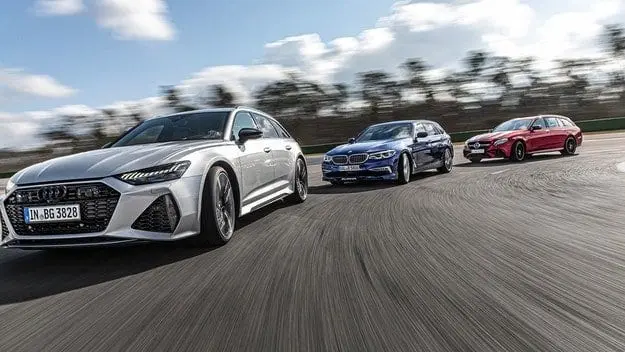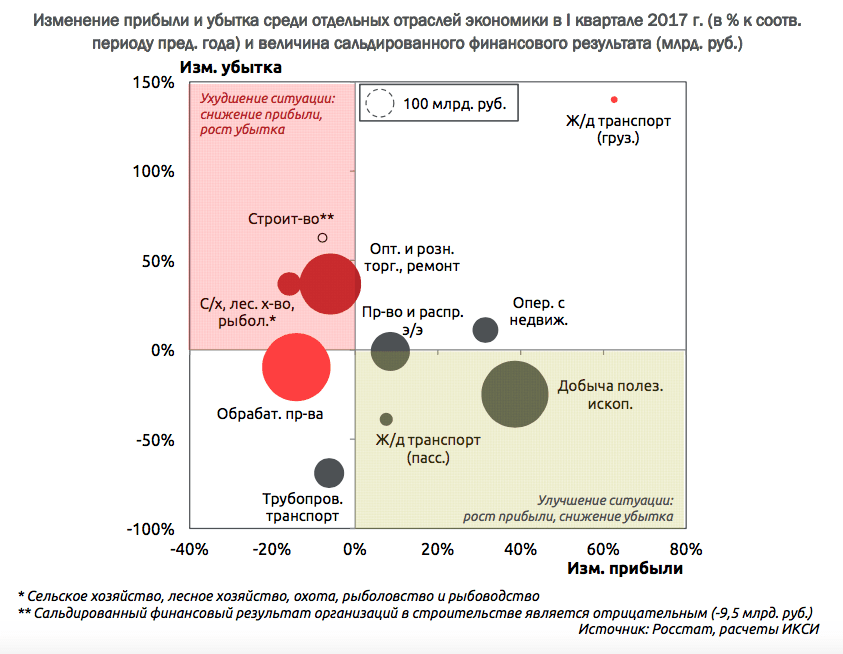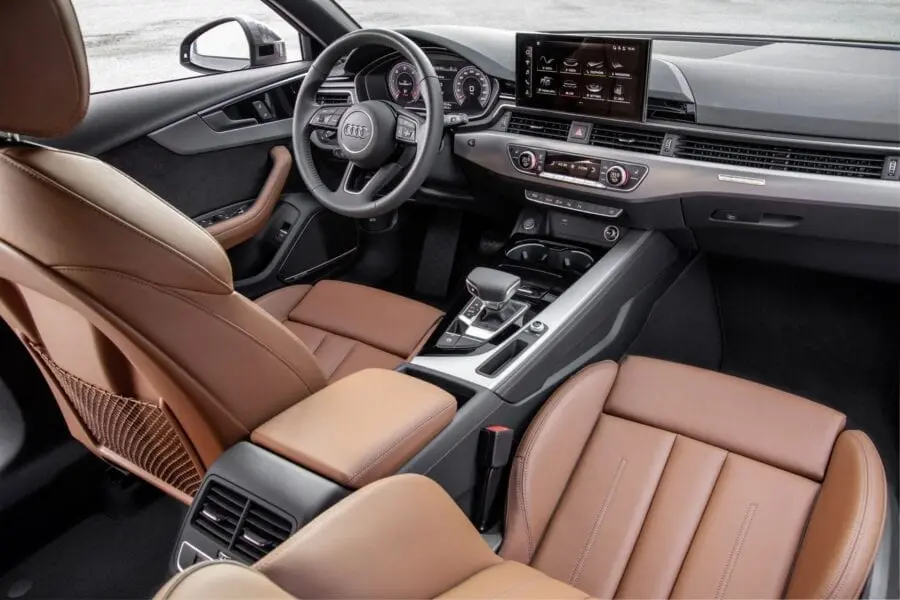
Test drive Audi RS 6, BMW Alpina B5, AMG E 63 ST: Tournament with 1820 hp

Elite wagon models with V8 engines and dual transmissions measure forces on the road and track
The new Audi There's a lot about the RS 6, but no visual restraint. And what is the 600-horsepower Avant wagon capable of? BMW Alpina and Mercedes-AMG also sent their combined V8 and twin gearbox models for comparative tests.
Human thinking has its own stability management system, which is called concentration. The stupidity in all this is that only a few manage to find a button to turn it on and off. For most people, its action or inaction is activated by external influences. By inaction we mean the feeling of safety, even safety, which we currently experience at over 250 km / h on the wide Parabolic curve that is part of the Formula 1 circuit at Hockenheim. The four-liter V8 mild hybrid engine spins in fourth gear at over 6200 rpm and is already sucking the upcoming U-turn from the horizon.
You already know about the impressive capabilities of the braking system, which, after repeated attempts, delivers constant values of about 11,4 m / s2 with the convenient help of huge tires. 285/30 R 22 - in the 1980s, the entire guild of tuning masters would have fallen into the collective unconscious at the sight of such dimensions. In any case, sitting behind the wheel, you don’t think about how to reduce it to the nearest centimeter before turning the Spitzker.
However, if you were driving an R8, you wouldn't think about anything while the V10 engine screamed behind you. And now the pistons of the 600 hp unit. they emit moderately furious bass when you think of stopping at a furniture house at a roundabout on your way home. Your daughter needs a school desk, she will go to school soon. The luggage compartment volume of 1680 liters is the smallest in this comparison (BMW Alpina: 1700 liters; Mercedes: 1820 liters), but in most cases more than is necessary for everyday life.
Is it a medicinal consolation? Not!
These day-to-day needs, as we know, most often vary between an extreme race track and a furniture store, and each of the three station wagons should cover them completely. That's why Audi squeezed its RS 6 in - in this case, we don't mean the luggage compartment, but everything else.
The engine is supplemented by a belt starter-generator, which, however, does not have the task of accelerating, but mainly restores power to 8 kilowatts so that the engine can be switched off as often as possible (up to 40 seconds), thus improving the economy. At reduced load, four cylinders (numbers 2, 3, 4 and 8) are disabled. Otherwise, the V8 engine accelerates on its own, giving 800 Nm at just over 2000 rpm. An eight-speed automatic transmission with torque converter directs traction, so the rage of acceleration is always strong enough without reflecting the drama of the exterior. Does the chassis handle all of this? The short answer is yes. And long: the RS 6 again uses the so-called DRC principle of diagonally connected adaptive dampers (with three types of characteristics), steel springs, a sports differential (distributing the driving force between the rear wheels) and four-wheel steering.
Board game
With a weight distribution of 55,2 to 44,8 percent between the axles, the fourth generation of the powerful station wagon is frozen at the moderate level of its predecessor; BMW Alpina and Mercedes-AMG put slightly less stress on the front axle. In any case, all the technologies used transform the typical behavior of the A6 Avant into powerful and juicy dynamics. Especially when driving on secondary roads with curves, the Audi model minimizes the distance with its driver, who sits a little higher than necessary in the sports seat surrounding him.
Everything else - oh my! Even if you feel like driving an Audi, you can get used to it if you want. Despite the progressive gear ratio, you will enjoy the constant increase in torque; Added to this is a balanced ratio between sharp cornering and sufficient calmness at high speeds. At this time, the chassis boldly supports the Avant in corners, stabilizes it, ensures a high level of safety on the road and at times gives the impression of a restless rear end, since up to 85 percent of the driving force can reach the rear axle.
However, this is not reflected in the best measured values - neither in the disciplines of road dynamics, nor in longitudinal acceleration, where the highest mass in the test of 2172 kg suppresses the temperament of the RS. Even in terms of fuel consumption - despite the mild hybrid system. At the very least, this is a piece of standard equipment, unlike the other mentioned technical components, which push the Audi price above the rather ambitious level of Mercedes, so to speak. But now, shortly after Hockenheim's Spitzker, the concentration is there again - turn right, don't step on the accelerator, overtake, enter the turn into the race track with no brake (otherwise we'll turn sideways), understeer a little and start accelerating early .
We go into the box where the BMW Alpina B5 Biturbo Touring is waiting for us. And it's good that he's waiting for us, because he doesn't need to - after all, the B5 doesn't see itself as a replacement for the M5, which BMW keeps ditching as a touring option. But even before reaching the exit from the pit lane, you begin to doubt the focus on greater comfort in the products of a small-scale manufacturer.
The right leg is desperately trying to separate the 4,4-liter powertrain from its leg; it sticks to it more than the other two models. Alpina changes the intake and exhaust pipes of the BMW V8 engine, increases the cooling capacity, installs the so-called. communication channel between compressed air coolers to minimize pressure pulsations. Something else?
Yes, the ZF 8HP76 eight-speed automatic transmission has received some refinement, in addition, regardless of the operating mode, it works according to an identical strategy. Only when the driver moves the lever to the "S" position do the shift points change. So it is now, so - full concentration, the ESP brain is working, because you did not expect either the immediacy of the thrust, or its - as before - easy dosing. What an engine! 608 HP! Its pull is a bit longer and will strip the paint off the sheets of this beast from the Allgäu, home of Alpina, and at 2000rpm it packs up 800Nm of torque, the top of which is a whole plateau extending up to 5000rpm.
If so, yes!
What about the sound? Tactile, warm base tone with light rough nuances, betraying a strong character, but never intrusive - in a word, magnificent! In this case, the unit, forcibly filled with a pressure of 1,4 bar, is forced to tow a relatively small load of 2085 kg and converts this into the best linear acceleration, at least up to 200 km / h. The tireless Mercedes-AMG goes higher, but not for long - because that only the BMW Alpina goes without limits, reaching 322 km / h. Another task that it does very well is two belt changes. Here, the car remains more stable and therefore moves faster from a heavily armed Audi with a fairly free rear end. But where a bit of freedom is welcome, the B5 feels too cramped.
In principle, body movements do not necessarily make handling softer - changing the load point can help. Here the B5 struggles more with excessive lateral lean in corners that overloads the outer front wheel, sometimes with a sharp turn, the rear axle lock (optional, 25% tension and pressure lock) starts to pull another idea. than necessary. In any case, the Touring lacks that unheard of natural maneuverability of the other two "chests" - yes, they are exactly that, and this is their charm.
Because let it stay between us, Alpina is not moving slowly. Even when you let it fly on the racetrack, the rest of you have to work hard. In particular, the wide curves showcase the brand's typical flair for cornering like a rear-wheel drive car and extremely good grip despite all-wheel drive.
Sports driving exercises
At the same time, the feel in the steering wheel is a bit toned down - here even the RS 6 offers more specific feedback, not to mention the E 63 S. Traction and steering effort of the integrated Active Steering are just as they should be - finely balanced. and with a sense of uniformity. Also, the B5's maximum rear wheel steer is a modest 2,5 degrees, while the Audi's is twice that (when they veer in the opposite direction at low speeds). The Alpina's slight shortfalls in agility are offset by the high suspension comfort that the car handles perfectly thanks to the balanced setup adapted to wheels and tires of the same size.
Model-specific adaptive dampers come in a wide variety of performance groups - just three, of which the medium (Sport) best suits the fully dynamic character of the Touring. It significantly reduces body movement in long waves on pavement, and short waves go a little easier, but get lost in the deep-set, comfortable thick-upholstered BMW seats.
Thanks to their wide range of adjustment options, they are truly among the best automotive furniture you can currently order – compared to other competitors, they only lack sufficient lateral support. The driver's door of the Mercedes-AMG opens with a hiss and you drop into an optional shell seat that has no lateral support issues. Not with seat depth, but with upholstery. Doesn't matter. Didn't you hear that faint sound, as if E pulled you in and pressed against you?
From this point of view, you can imagine everything, for example, that you are participating in a DTM race on the city track in Singen or at the airport in Diepholz and that the rear side windows have the inscription “R. Ash" or "Fritz K." (Kreuzpointner - the name was too long for the window of his racing Benz). It’s not like there’s a whole gym behind you that can easily swallow a 1640 x 920 x 670 mm box.
The E 63 S does not cause light stress at all, but rushes forward. Maybe too aggressive, because the B5 can do the same exercise at the same intensity, but without a strong push in the shoulders. In addition, from the start, the nine-speed automatic transmission with a wet starting clutch stumbles awkwardly between the pairs of gears every time.
Otherwise, nothing else gets in the way of the powerful 612bhp T, which, with its race car character, requires concentration and assumes a hidden firmness and harshness that goes far beyond the rough steering wheel. This impression comes from the redesigned rear axle compared to the base model (with new suspension elements, a special stabilizer bar and differential connection), as well as the general chassis adjustment, including a special dual transmission system. The only one of the three competitors, the Mercedes-AMG model is driven only by its front wheels, which, however, does not lead to real disadvantages in terms of stability and agility at high speeds.
No other steering system allows your palms to feel the asphalt so well, none of them is calibrated by the driver's hands with such accuracy to the optimum torque. As a result of all this chassis remixing, Mr. T. is driven around corners and the race track with such brilliant dynamics as a German housewife scraping sliced noodles from a board in a boiling pot - in both cases, the speed is staggering.
Of course, the basic layout almost always allows you to loosen the reins at the rear, but the front wheels constantly bite well. Once you learn how to meter the thrust of the 8 bar four-liter V1,5 engine and turn off the cylinders, you will keep the car on track. Whether you are on a small road or on a race track, you can hear the solemn orchestra playing the victory march everywhere. And at the end of the day, Hockenheim seems to be approaching a road with many bends in the Reims Valley.
Forward with doors
Okay, agree that the sound of the twin-turbo V8 engine with a particulate filter no longer reaches its former haughtiness, but retains its passionate volcanism - although after a cold start in the morning, the neighbors no longer chase you armed with long villas. They couldn't even catch up with you in the car, no matter what. Unless you completely surrender to the desire to play and go through a complex ceremony of activating the drift mode in the alley in front of the garage.
Then the maximum torque of 850 Nm is directed only to the rear axle and thanks to the large maximum steering angle, the same large drift angles are obtained, in which the rear part is directed somewhere to the side. This happens on sidewalks with any grip, no matter how strong. Such a thing is not needed by anyone, but it fits very well into the mosaic of qualities of the E 63 S. This car exhibits the most tiring character and achieves the best performance on the road with the maximum driving pleasure.
In the end, BMW Alpina manages to achieve something similar, but here the emphasis is on something else. At Audi, however, the balance between sophisticated technology, results and costs is no longer balanced, although the foundation is very good. Maybe an accurate Plus version will come out sometime? It won't be the first time. As the popular hit says, of all the thoughts I like the most interesting.
Conclusion
1. BMW Alpina B5 Biturbo Touring (461 points)
More restraint in this segment? This is hardly possible. In this trio, the B5 is positioned as an economical, comfortable and not the most expensive model with good longitudinal dynamics. Is he smart? Not so much.
2.Mercedes-AMG E 63 ST (458 points)
More competitive in this segment? This is hardly possible. Excellent and natural dynamics of the road, a monstrous drive, which sometimes suffocates. And to top it all off, lots of space.
3. Audi RS6 Avant (456 points)
More equipment in this segment? This is hardly possible. This contributes to the RS6's best handling of all time, but does not result in anything exceptional. Winning quality scores thanks to assistants.
Text: Jens Drale
Photo: Ahim Hartmann
Home " Articles " Blanks » Audi RS 6, BMW Alpina B5, AMG E 63 ST: Tournament with 1820 hp

